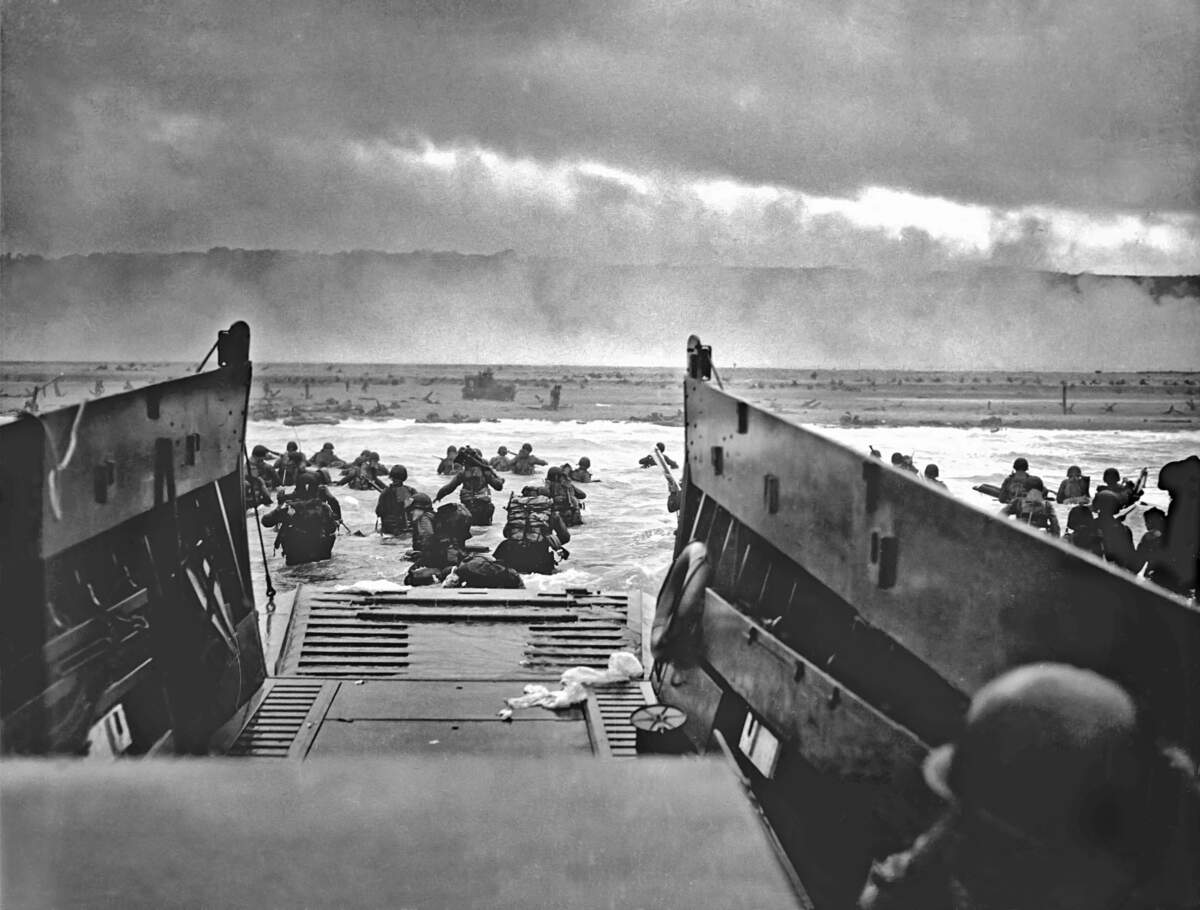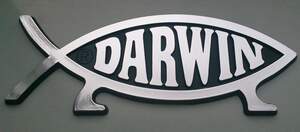

D-Day
Observed
annually on June 6th (since 1944)
Dates
Tags
History & Culture
Military & Patriotic
Hashtags
Sources
Beginning in the spring of 1940, in the midst of World War II, Nazi Germany started occupying the northern part of France. They gained complete control of the area in May, when the British evacuated Dunkirk, a coastal city, during the Battle of France. But the Allies always hoped to return. In 1942, the United States and Britain began thinking about an invasion across the English Channel. Hitler, anticipating an invasion somewhere—although he did not know exactly where—put Erwin Rommel in charge of defense of a large swath of coastal areas and in charge of the creation of an Atlantic Wall, which consisted of fortifications of bunkers, landmines, and other beach and water obstacles.
The Allies codenamed their amphibious invasion of Normandy "Operation Overlord," and placed Gen. Dwight D. Eisenhower in charge of it in January 1944. The invasion became known as D-Day, and its implementation would prove to be the start of the end of the war. The more obvious choice for the invasion was Pas de Calais, the spot with the shortest distance between Britain and Continental Europe. In fact, a deception campaign prior to D-Day made the Germans think that Pas de Calais—as well as Norway and some other locations—would be areas of invasion. Deception tactics included the use of fake equipment, George S. Patton's phantom army—which was supposedly stationed across from Pas de Calais, fraudulent radio transmissions, and double agents. The beaches of Normandy were chosen instead because they were less heavily defended than Pas de Calais, but were still within air cover.
D-Day was originally scheduled for June 5, but it was pushed back a day due to bad weather. Eisenhower told his troops, "You are about to embark upon the Great Crusade, toward which we have striven these many months. The eyes of the world are upon you." Five thousand ships, 13,000 aircraft, and over 160,000 American, British, and Canadian troops readied for invasion.
Airborne operations started in the early morning hours of June 6, preceding the amphibious landing by about 5 hours. Over 13,000 paratroopers from the U.S. 82nd and 101st Airborne Divisions, the British 6th Airborne Division, and the 1st Canadian Parachute Battalion were dropped behind enemy lines and worked to secure bridges and exit roads. An additional 4,000 men of the glider infantry landed using 500 gliders.
The amphibious landing took place over a 50 mile stretch of beachfront in Normandy, on the French coastline. There were five beaches where the landing took place. From west to east they were Utah, Omaha, Gold, Juno, and Sword. The Allies faced rather light resistance at all the beaches except Omaha. That beach was the most heavily defended of the five, and also had a difficult terrain consisting of bluffs and cliffs.
Although the Allies achieved their objective of gaining a foothold on the continent, it was not without heavy losses. By some estimates, over 4,000 Allied troops were killed, and another 5,000 or so troops were wounded. The beaches were secured by June 11, and over 326,000 troops had landed, as well as 50,000 vehicles and 100,000 tons of equipment. By the end of June, 850,000 Allied troops and 150,000 vehicles were on the continent. The Battle of Normandy lasted until late August when Paris was liberated and northern France was taken back from the Nazis. Preparations were then made to head towards Germany. The Germans were defeated in the Spring of 1945, and surrendered on May 8. All of this became possible because of the valiant efforts of those on D-Day! We remember them and their service and sacrifice today!
How to Observe D-Day
The day may be observed in a number of ways:
- Visit the National D-Day Memorial in Virginia.
- Visit The National WWII Museum in New Orleans.
- Visit the Omaha Beach Memorial Museum on Omaha Beach.
- Go to the Overlord Museum in Normandy, France.
- Keep an eye out for events taking place at D-Day memorials and museums or at other locations.
- Watch a feature film or documentary that focuses on D-Day.
- View photos of D-Day.
- Read a book on D-Day.





















